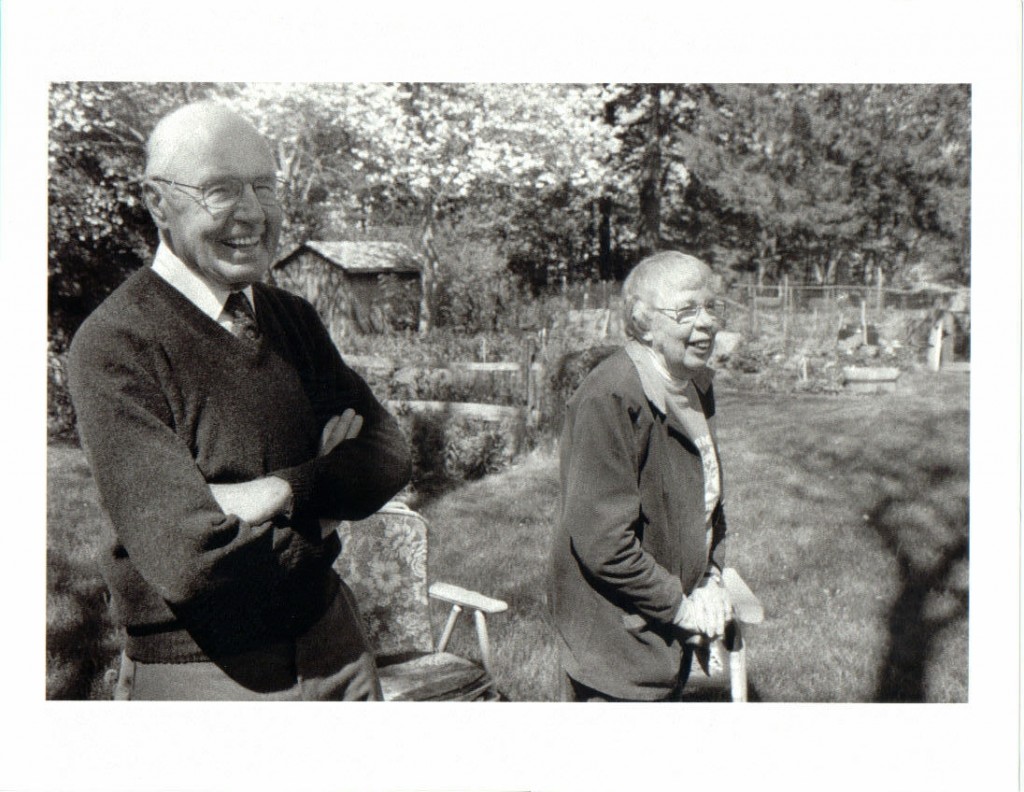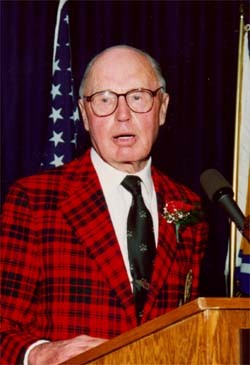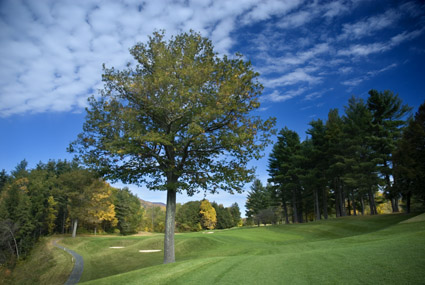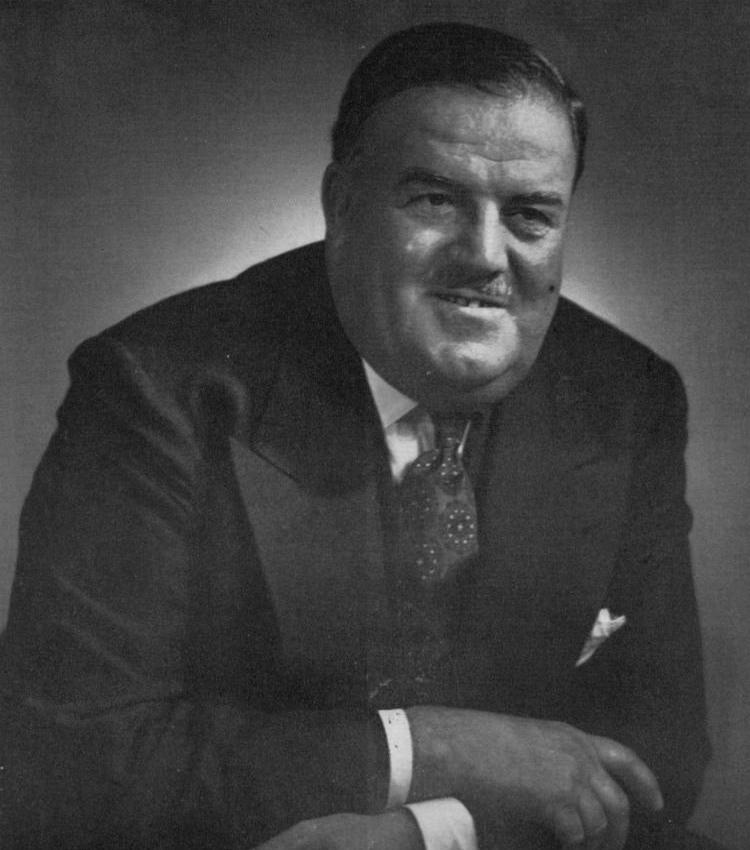Geoffrey Cornish died this morning (Feb. 10, 2012) at the age of 97. I had the great pleasure of meeting him a little over ten years ago for a piece that appeared in Commonwealth Golf magazine in 2002. As a tip of the cap, I present it here without updating. While some details have certainly changed (Brian Silva left the firm, for one example), the essence of the man remained unaltered, and will be sorely missed.
Geoffrey Cornish rose, as usual, at about 3 a.m. He had gone to bed the night before, as usual, at about 7 p.m. He is not a font of information about the latest TV shows.
He dressed more or less as usual: brown loafers, brown socks, brown slacks, a muted teal shirt, a brown patterned tie, a grayish sweater and a brown tweedish jacket. It was mid-October. He would, after a few hours of work in his home office, slip into a red Chevrolet Cavalier convertible, but he would later aver that, “It belongs to my bride of sixty years; I’m not the sports car type.”
He did, however, wear a golf cap, this sporty note being the sole clue that its wearer might have a nodding acquaintance with the royal and ancient game.
His acquaintance is a bit more than nodding. Since he first hung out his golf architecture shingle in 1952, he has designed, expanded or remodeled upwards of 250 courses, largely in New England, conspicuously in Massachusetts. He has written several books on golf course architecture, including the seminal The Architects of Golf (with Ron Whitten).
He joined the American Society of Golf Course Architects in 1967, served as president in 1975, and was honored with its Donald Ross Award in 1982. He was given an honorary membership in the British Association of Golf Course Architects, an honorary doctorate from the University of Massachusetts, named to the Royal Canadian Golf Hall of Fame and… and the list goes on and on. The man is a walking institution, with the emphasis on the walking.
This morning he was leaving his home in Amherst while it was still dark and driving about two hours north to tromp around the Manchester Country Club in Vermont, which he laid out in 1969. He had an early morning appointment with Steve Durkee, who has won acclaim for his work at Okemo Valley Golf Club and other Vermont layouts. Durkee, who had grown up playing on the Manchester course, had the job of re-doing Cornish’s back nine.
“It really is a kind of homecoming,” said Durkee, “and a great opportunity to work with Mr. Cornish and get to know him.”
Durkee’s deference was classy, if probably unnecessary. Cornish bears his reputation lightly indeed, and certainly appears little concerned with his age. He attributes his vigor largely to his incessant walking. When reworking some holes at a course in Minnesota, Cornish hooked up with doctors at the Mayo Clinic in Rochester. They talked him into a stress test, and the results were astonishing. “I may be 87,” he said, “but they told me I had the heart of a 37-year-old.”
He also says to his wife, Carol, that his memory is as sharp as ever, and indeed, he could recall aspects of the Manchester construction (“We brought up two feet of loam…”) 32 years after the fact. If he was a little rusty on names, he claimed that it was because he knew so many people. (And it is Carol’s department to remember the names anyway.)
Cornish’s visit was more than a courtesy call. Durkee was puzzled about what to do with the seventeenth hole, a dogleg left with a tee shot complicated by an enormous maple, then in full autumn blaze.
“I used to work for the great Stanley Thompson,” says Cornish, referring to the legendary Canadian course architect. “Stan told me, ‘I always build one controversial hole. It keeps the members arguing long enough to let me get the rest of the course in shape.’ Well, this is probably one of the more controversial holes in New England. We’ve been playing around with it for 32 years. Steve has to figure it out now.” But Cornish, as was his wont, was willing to help.
Six Weeks
Cornish was born in August, 1914 in Winnipeg. The family moved west to British Columbia, and he eventually wound up studying for a degree in agronomy at the University of British Columbia. Thompson was building Capilano in Vancouver, and he came to the University to find someone who knew something about soils. “Stanley emphasized, ‘I won’t be able to keep you for more than six weeks.’ That was still the Depression, and any job that came along you took. I was happy I took that one. It was 66 years ago, so that six weeks has been extended.
“Stanley taught me a tremendous amount. He was the exponent of the principles of art in golf course design, which is why Nicklaus, Cupp, Morrish and the like all went out and studied Banff. He also started Trent Jones out, which was a great thing–if you look at it objectively, I think that Trent has contributed to our art form more than anyone else. I stayed with Stan until I joined the Canadian Army and went overseas.”
Cornish landed at Normandy on D-Day. “But I landed that evening, and that was altogether different than the earlier landing–we walked ashore.” The war did have a profound impact upon him, however.
“When you’ve been in the army during war, you’re sure not interested in yourself too much after that. You lose your sense of competition. People have said to me, ‘You have no competitive spirit.’ And I have to say I really don’t.”
Though he plunged right back into work with Thompson, he’s never considered it such: “I claim I’ve never done a day’s work since I got out of the army in 1945. Designing golf courses and meeting a lot of nice people can hardly be called work–but I can see how it grips everybody.”
 For a guy with no competitive spirit, Cornish’s listing of credits in his own The Architects of Golf runs to seven columns–barely shy of the ink spilled for Donald Ross or Trent Jones.
For a guy with no competitive spirit, Cornish’s listing of credits in his own The Architects of Golf runs to seven columns–barely shy of the ink spilled for Donald Ross or Trent Jones.
His attitude didn’t hurt: “I’m no noble guy, but I tried to help other people get into the business, too, and they all reciprocated over the years.” It also didn’t hurt, Cornish noted, to have taught over 100 students at the University of Massachusetts, a post he took up in 1949. But a pleasant demeanor and even a liberal grading policy will go only so far if you can’t deliver the goods.
Cornish started delivering in the recovery years after the war. “No one, particularly in New England, had enough money to build a golf course, and if they had there was no one who could pay enough green fees.” He and his new bride, who Cornish credits as the power behind the throne, figured out that having floodlit pitch and putt courses would keep people happy.
“I used to charge 75 cents a round. The idea spread and people began to hire me to lay courses out for $500. I must have done about 15 up and down the east coast. A few still exist, such as the one in Brewster. Literally hundreds of people came up to me in years to come and said, ‘We started golf at one of your pitch and putts.'”
Mrs. Cornish started at the one they owned, Little St. Andrews, 18 holes on four acres in Shrewsbury. “On the first hole, about 80 yards long, she topped the ball, and the darn thing rolled into the hole. Then she said, ‘What do I do next?'”
Cornish turned next to his first full-length course, amazingly enough, the fullest length there was, the International Golf Club in Bolton.
Bert Surprenant was one of the wealthiest men in Massachusetts, and perhaps one of the most eccentric, and he came to Cornish and said he wanted the world’s longest golf course. “So I gave it to him. I think it was 8,040 yards from back tees when it opened [in 1956, two years after Cornish became an American citizen]. They’ve continually added length to it to make sure it stays the world’s longest. It’s now 8,375. Number five is the big one. Bert wanted a hole that no one would reach on their second shot, a 640-yard par-5, but on opening day, Paul Harney cut the corner and hit the green on his second. Bert had a fit.”
Further on Down the Road
While Cornish will let a few names slip about Massachusetts tracks he believes exemplify his best work–the country clubs of Crestview, Foxborough, Spring Valley, the all par-3 Blue Rock in South Yarmouth, which set off a par-3 course boom across the nation in the early sixties–he’s reluctant to name some at the expense of others.
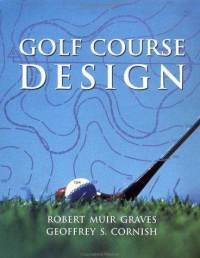 Cornish’s last full new 18 was the Center Valley Club in Allentown, Pennsylvania, which opened in 1994. He claims he designs these days, “When the young people let me,” the young people being his current partners Brian Silva, Mark Mungeam and Tim Gerrish. In truth he’s doing a surprising amount. “I’m asked to come in and have a look at a lot of the old classical courses they won’t let anybody else on. I can’t mention them because they’re practically bringing me in incognito. If they have a wonderful Robert Trent Jones layout, for example, they don’t particularly want his sons to know I’m in there. But I get around to telling the boys, eventually.”
Cornish’s last full new 18 was the Center Valley Club in Allentown, Pennsylvania, which opened in 1994. He claims he designs these days, “When the young people let me,” the young people being his current partners Brian Silva, Mark Mungeam and Tim Gerrish. In truth he’s doing a surprising amount. “I’m asked to come in and have a look at a lot of the old classical courses they won’t let anybody else on. I can’t mention them because they’re practically bringing me in incognito. If they have a wonderful Robert Trent Jones layout, for example, they don’t particularly want his sons to know I’m in there. But I get around to telling the boys, eventually.”
Cornish doesn’t play golf any more. It used to be a custom that the architect would hit the first ball on opening day. But when he started to top balls on the first tee, without his wife’s success, he gave up the game. “If I’m driving along and see a driving range at night, I’ll go out and hit balls.”
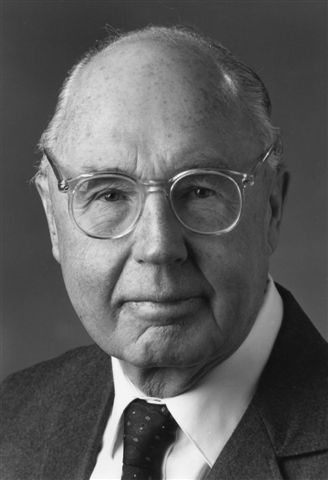 What he is doing is a good deal of writing. He had a book in galley stages last fall, Eighteen Stakes on a Sunday Afternoon and Other Aspects of North American Golf Course Architecture. “The title dates back to when the Scots first came to this country. They’d get a job as a greenkeeper or professional and in their spare time–Sunday afternoons–they’d stake out a golf course. I think the going price was $25.”
What he is doing is a good deal of writing. He had a book in galley stages last fall, Eighteen Stakes on a Sunday Afternoon and Other Aspects of North American Golf Course Architecture. “The title dates back to when the Scots first came to this country. They’d get a job as a greenkeeper or professional and in their spare time–Sunday afternoons–they’d stake out a golf course. I think the going price was $25.”
Another book further down the road is Golf Holes Classic and Otherwise: Searching for the Roots of an Art Form, done with Robert Muir Graves, Cornish’s partner in ongoing seminars at the Harvard School of Design (from whence came the pair’s first title, the 1998 Golf Course Design).
“It is an art form, in many ways the purest form of landscape architecture–molding the earth and then vegetating it.”
Cornish gets most of his walking in these days with hours-long hikes around the giant freshwater swamp behind his house, taking the neighbors’ dogs with him–as many as 12, but more usually four. “Sometimes my neighbor the evolutionary biologist comes along with another set of dogs, and we talk about it. But he hasn’t quite gotten around to explaining the art of it yet–why, when we arrange something in a certain way, that we feel better just looking at it.
“We’ve really invented the most fascinating profession of our species, wouldn’t you say?”
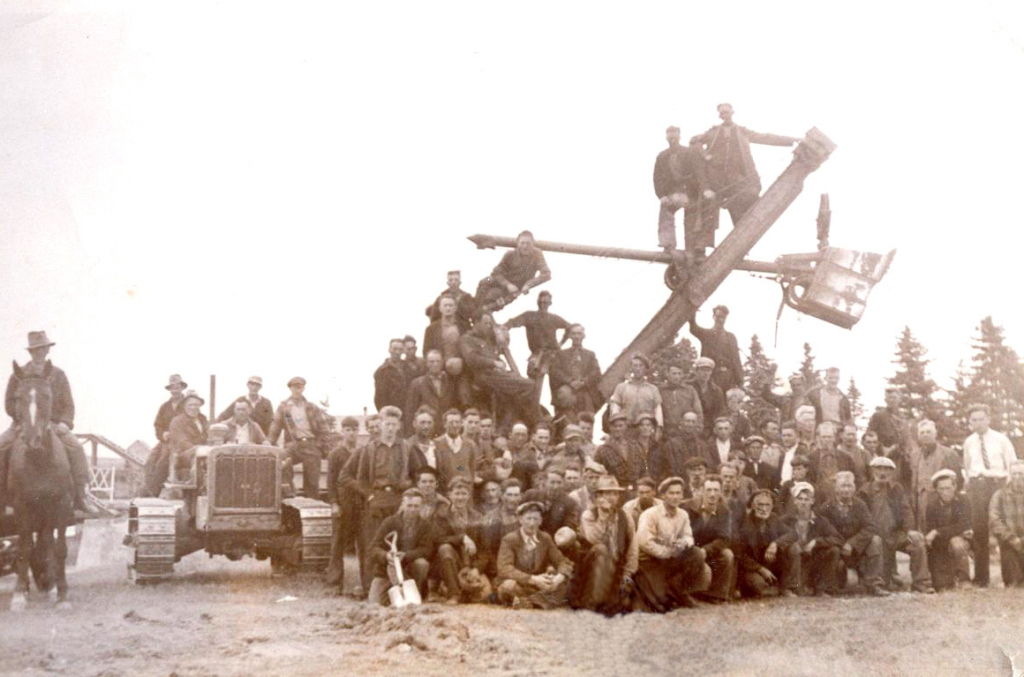
That’s Geoff Cornish on the right in coat and tie during pre-WWII construction of Highland Links in Cape Breton
(Photos of Cornish courtesy of the American Society of Golf Course Architects; Highland Links photo courtesy of Mark Mungeam.)

